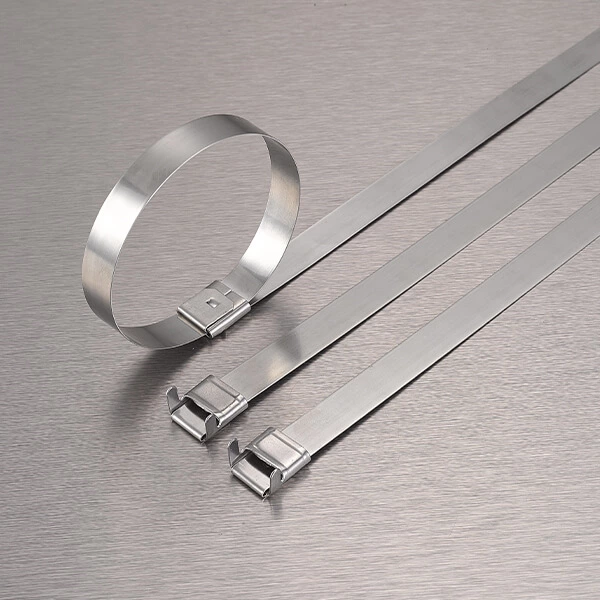Environmental Requirements For Stainless Steel Cable Ties
Stainless Steel Cable Tie is used by many industries because of its convenient bundling, strong bundling force, and good dielectric strength. However, it cannot be used anywhere when used. It also has environmental requirements.
Generally, stainless steel cable ties are used for bundling general items, fixing cable lines on ships, bundling ground wires and tags, fixing industrial equipment pipelines, fixing internal lines of electrical toys, etc.
The raw material of stainless steel cable ties is stainless steel, but the raw materials are different, and the use environment requirements of cable ties are different. For example, the oxidation resistance and corrosion resistance of cable ties produced by ordinary stainless steel materials are worse than those of stainless steel cable ties produced by heat-resistant steel materials.
If the temperature range is below 300℃, you can choose ordinary stainless steel cable ties. If the ambient temperature is 300~350℃, you need to use heat-resistant steel. If the ambient temperature is 350-650℃, then you need to use stainless steel cable ties made of heat-resistant steel.
In order to ensure the binding strength of the cable tie, there are some issues that need to be paid attention to when using it. The following technicians from Xinxin Cable Tie Factory give the precautions for use based on the problems that often occur when tying cables:
1. The binding method needs to be unified
When we are tying, we usually start tying from the head end of the cable. When tying, we must pay attention to the firmness of the tying. Every once in a while, we need to tie a cable tie until the end of the cable.
2. Pay attention to the neatness of the cable when tying
In order to ensure the beauty of the tying and the convenience of future adaptation, cables of different specifications need to be tied separately, and cables of the same specification should be arranged neatly when tied.
3. Tie the cables separately
If you need to tie double-layer cables, then each layer of cables needs to be tied separately. In order to avoid damage to the cables, you need to control the tension of the cable tie.



